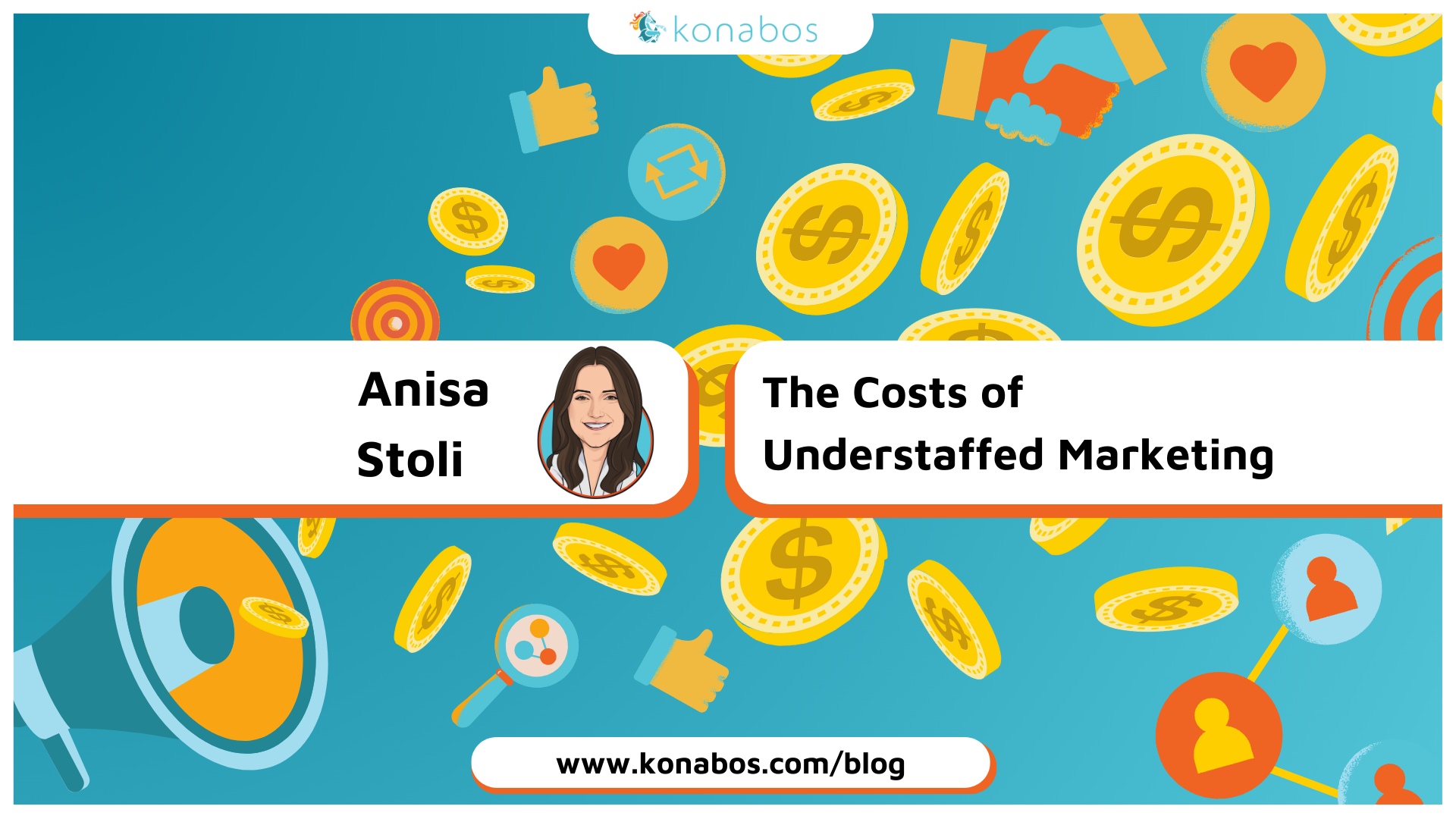The Hidden Costs of Understaffed Marketing Departments in Large Enterprises
Anisa Stoli - Digital Marketing Director
13 Mar 2024
In an era where market dynamics shift as quickly as consumer preferences, the strength of a company's marketing department can be the linchpin of its success—or the silent herald of its downfall. For large enterprises, particularly, the implications of running an understaffed marketing department extend far beyond the superficial, embedding hidden costs into the company's foundation. Let's examine these costs through 3 different scenarios:
Scenario 1: The Missed Opportunity in Real-Time Engagement
Problem: A leading consumer electronics manufacturer, despite having superior products, saw a decline in market share due to missed opportunities in real-time customer engagement and trend capitalization.
What Happened: With a major product launch on the horizon, the company's skeletal marketing team was overwhelmed. When a viral trend emerged on social media, perfectly aligned with their product's unique selling proposition, the team lacked the bandwidth to capitalize on this golden opportunity for real-time engagement.
Consequence: Competitors with more agile and adequate marketing departments seized the moment, launching campaigns that aligned with the trend, thereby overshadowing the company’s launch. The result was a significant loss in potential sales and diminished product hype.
Scenario 2: Brand Inconsistency Leads to Erosion of Trust
Problem: A global fast-food chain experienced a decline in customer trust and loyalty due to inconsistent branding and messaging across different regions.
What Happened: With an overstretched marketing team unable to maintain oversight across all regions, localized promotions contradicted the chain's global environmental and health commitments. This inconsistency became glaringly public, sparking backlash on social media.
Consequence: The fallout was immediate—customer trust eroded, leading to a boycott campaign that caused a significant dip in sales. Rectifying the brand image required a hefty investment in unified global campaigns and damage control efforts, far outweighing the cost of onboarding additional marketing help.
Scenario 3: Losing the Competitive Edge
Problem: A multinational software corporation lost its competitive edge in emerging markets due to inadequate market research and customer insights, a direct result of an understaffed marketing department.
What Happened: The company failed to identify and respond to a shifting trend in customer preference for cloud-based solutions over traditional software products. Competitors with a more robust marketing insight team spotted and acted on this trend swiftly.
Consequence: By the time the corporation pivoted to cloud solutions, competitors had already established dominance, resulting in a costly game of catch-up. Market share and revenues in emerging markets dwindled as the company struggled to realign its offerings with market demands.
The Solution: Investing in Marketing Resources
These examples underscore a critical truth: an understaffed marketing department is a ticking time bomb, laden with hidden costs and missed opportunities. Investing in a more substantial marketing team or partnering with a digital transformation agency is not just a remedy but a strategic imperative.
Benefits:
- Enhanced Agility: A well-resourced marketing department can quickly pivot strategies, engage with trends in real-time, and capitalize on fleeting opportunities.
- Brand Consistency: Adequate teams ensure brand messages are consistent across all channels and regions, maintaining customer trust and loyalty.
- Competitive Edge: With sufficient resources, marketing teams can conduct thorough market research, identify emerging trends, and develop strategies that keep the company ahead of the curve.
In conclusion, the hidden costs of understaffed marketing departments in large enterprises manifest in missed opportunities, brand inconsistency, and a dulled competitive edge. The examples provided are a stark reminder that in the high-stakes arena of global business, investing in marketing resources is not an option—it's a necessity for survival and growth.

Anisa Stoli
I am a marketing professional with experience in B2B, B2C, e-learning, and SaaS. Specialized in organic marketing, I leverage emails, online course creation, SEO, content creation, social media strategies, and online events to drive growth and sales.
As the co-founder of 3Skills, I helped grow our online community from 0 to 11,000 people in 2 years (on a part-time basis).
Using my passion for entrepreneurship, I am proud to have developed an 8-week marketing program where I teach entrepreneurs how to grow their businesses organically.
I leverage platforms like Airtable, Hubspot, Salesforce, Later, Slack, Asana, and more to establish scalable marketing and automate processes that allow for seamless business advancement.
In my roles as Founder, Team Lead, and Coach, I have developed a mindset of growth and leadership that I bring in everything I do.

Share on social media